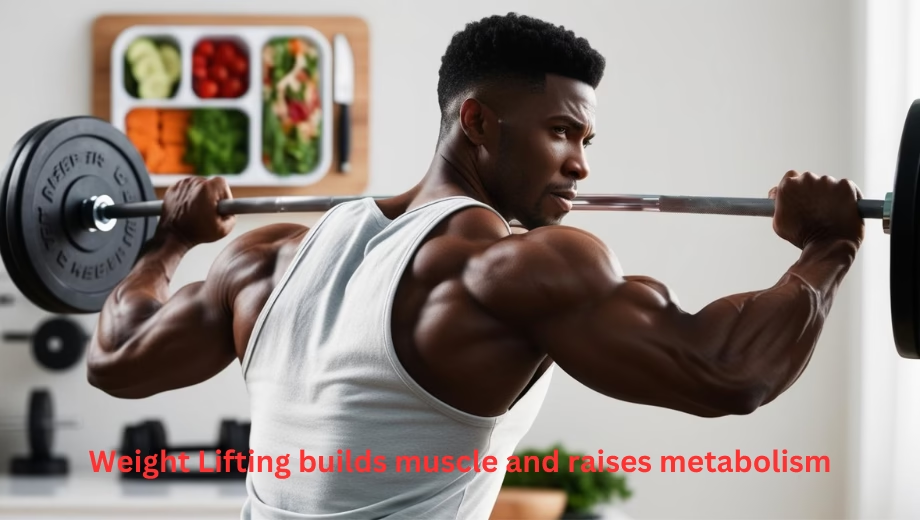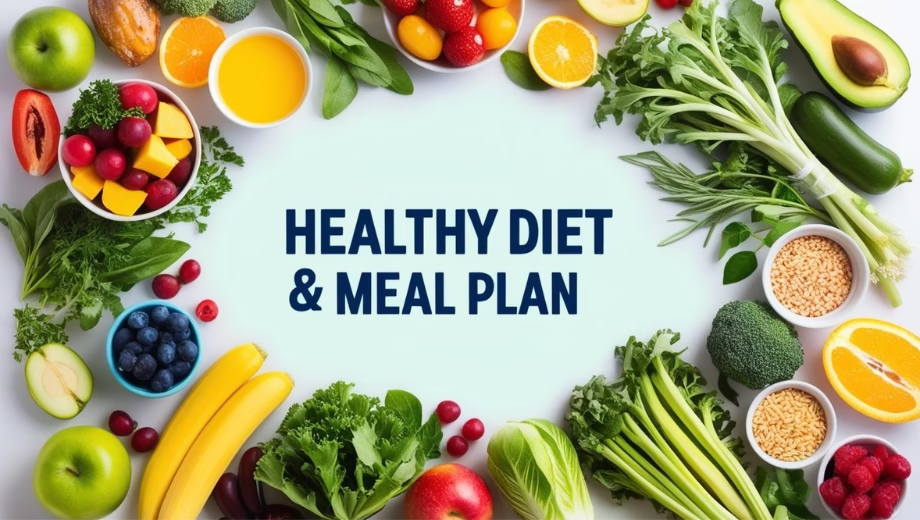Should you be choosing between Running or Weight Lifting? Both workouts have advantages, but which one increases your fat burning capacity?
Running or Weight Lifting: A Brief Comparison
Running is fantastic for burning calories; lifting weights builds muscle and raises metabolism. For fat loss, though, how do they stack up?
Given your weight, 30 minutes of lifting weights can burn roughly 110 calories. Running thirty minutes can burn over 185 calories. Your choices and fitness objectives will determine the ideal one. Whether you enjoy jogging or lifting, stick to what suits you!
Mechanisms of Fat Burning
Burning fat occurs when your body draws on reserves for fuel. The more calories you burn from increased activity, the more it assists with weight loss.
Raising Weights: Advantages

Weight training goes beyond only increasing muscle mass. For hours following your exercise, it will increase your metabolism and burn fat. Studies reveal that weightlifting helps burn more calories even when at rest.
- More calorie burn results from more muscular mass.
- Better metabolism translates into better burning of fat.
- Following exercise, EPOC—excess post-exercise oxygen consumption—burns more fat.
Running: The Advantages

Especially in moderate to high intensity, running burns fat during the exercise. Particularly High-Intensity Interval Training (HIIT) is great for lowering belly fat and body fat generally.
- Compared to most endurance activities, running burns more calories.
- Even brief sprints, HIIT increases fat burn.
- Running increases cardiovascular fitness and improves heart health.
Which One Burns More Fat?
Studies reveal that although in different ways, both workouts burn fat. Running is superior for burning fat during the exercise, while strength training is fantastic for developing muscle and raising metabolism.
- Running burns more calories minute-by-minute.
- Particularly because of muscular development, weight training burns calories long after the exercise.
The Value of Combining Both: Running or Weight Lifting
Usually, the optimal strategy combines both workouts. Running combined with strength training will provide a well-rounded exercise that increases muscle development as well as fat loss.
As a matter of fact:
- One balanced fat-loss regimen is two to three days of weightlifting plus one to two days of running.
Make Your Plan

Starting a fat loss program should be based on your way of living. Set reasonable objectives, including strength building, in addition to 150 minutes of exercise every week.
- Strength training consists of three sets of eight to twelve repetitions.
- Short, intensive intervals for fat burning make up HIIT.
- Running: 150 moderately intense minutes a week.
Teer Clear of Common Beliefs
Many legends surround fat loss. You cannot, for instance, spot-reduce fat in particular places. Moreover, weightlifting burns fat and develops lean muscle, not making women bulky.
Diet Counts
Key is to eat the proper nutrients both before and after exercises. Pre-workout meals should call for fats, carbohydrates, and protein. To rebuild muscles and replenish energy, post-workout meals should center on proteins and carbohydrates.
Foods Before a Workout:
- Oatmeal topped with nuts and fruit
- Grilled chicken served with brown rice and vegetables
Foods After a Workout:
- Protein shake with fruit
- Lean protein, carbohydrates, and good fats
Final Thought
There are special advantages for fat loss from Running or Weight Lifting. Often the best approach to burn fat and increase muscle is a mix of both. Select activities that complement your objectives and way of life; stay consistent.
You’ll get amazing results from a balanced plan and the correct nutrition!



8048n9